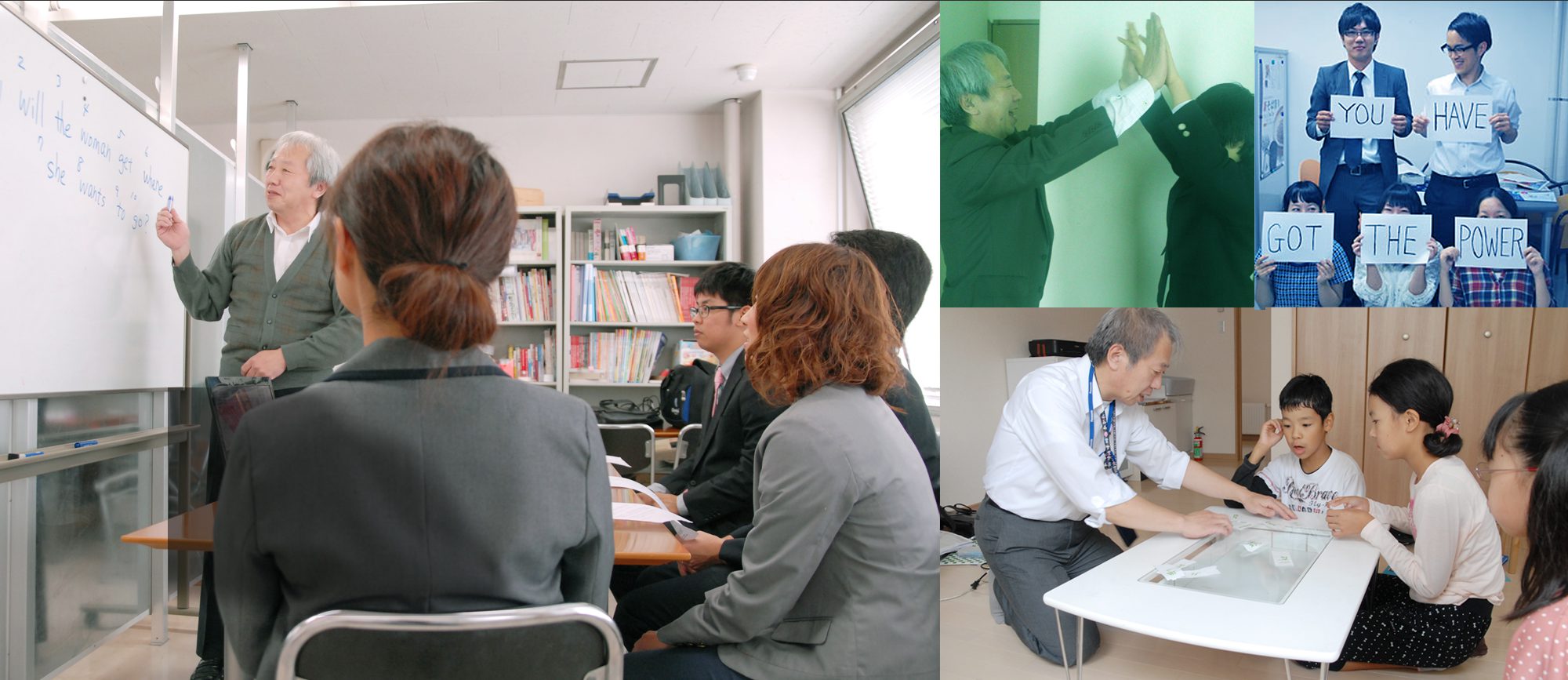生徒のMさんはお医者さん。先日のレッスン時、外にキツネが見え、こんな風な会話が飛び交いました。紹介します。(F が私です)
M ) Look. There’s a fox out there. 見てください、キツネがいます。
F) Oh it’s cute. おお、かわいいですね。
M) Foxes are cute but dangerous.キツネはかわいいけれど、危ないですものね。
F) Dangerous in what way? どんなふうに危ないのだろう。
M) Foxes poop everywhere – on the ground, grass, and streets. キツネはあちこちでフンをする、地面、草地、道路。
F) No doubt about it.それは間違いないですね。
M) The poops have tapeworm eggs in them. (ふんの中にはサナダムシの卵があるのです)
F) I have just remembered – echinococcosis.(思い出した、エキノコックスだ。)
M) That’s right. Echinococcosis is a parasitic disease.(そのとおり、エキノコックスは寄生虫の病気なのです。)
F) So if you touch the soil and then touch your mouth…..(土にさわった手で口にふれると)
M) People become infected by ingesting eggs of the parasite.(それを食べて感染する恐れもあります)
F) What happens to them? (どんな症状が出るのですか)
M) Liver failure. I have seen my colleagues perform surgery on such patient before. (肝機能不全です。以前同僚が手術するところを見たことがあります。
F) Surgery? What sort of surgery did they do? (外科手術? どんな風な手術を行ったのですか)
M) A part of the liver was dissected to remove the infected part. (肝臓の一部を切除するのです、感染した部分を取り除くため) Do you want me to describe more precisely? もっと正確に説明しましょうか?
F) No, I’d better not. I’m a blood phobia.やめておきます。血を見るのが怖いので。
